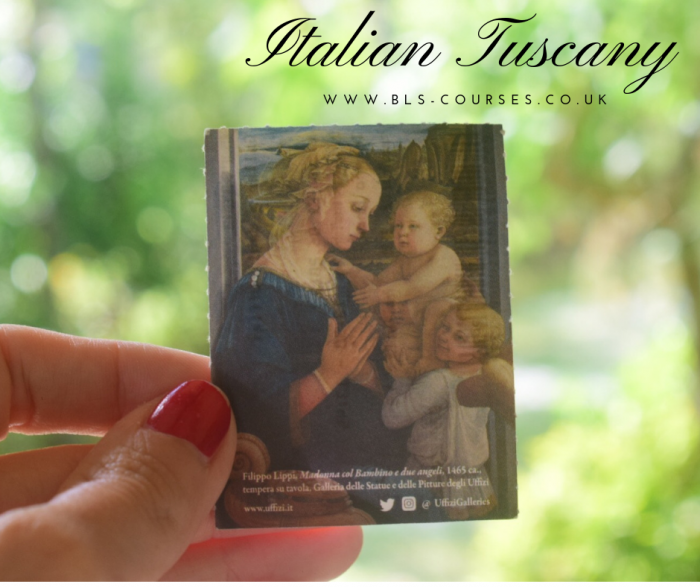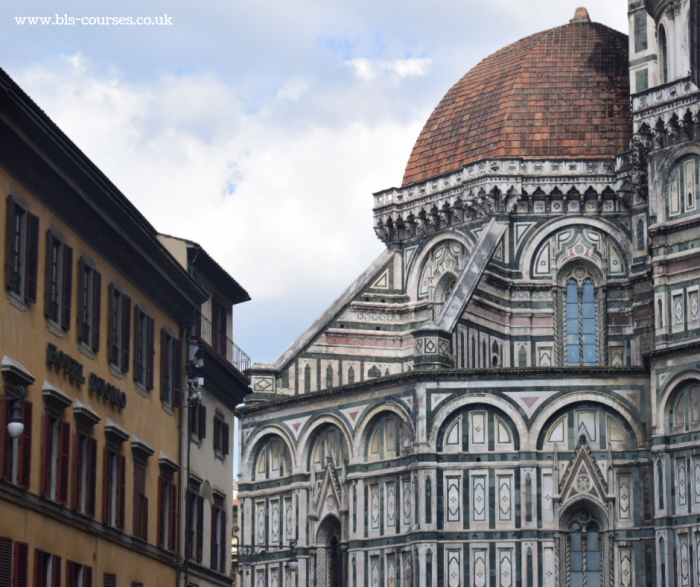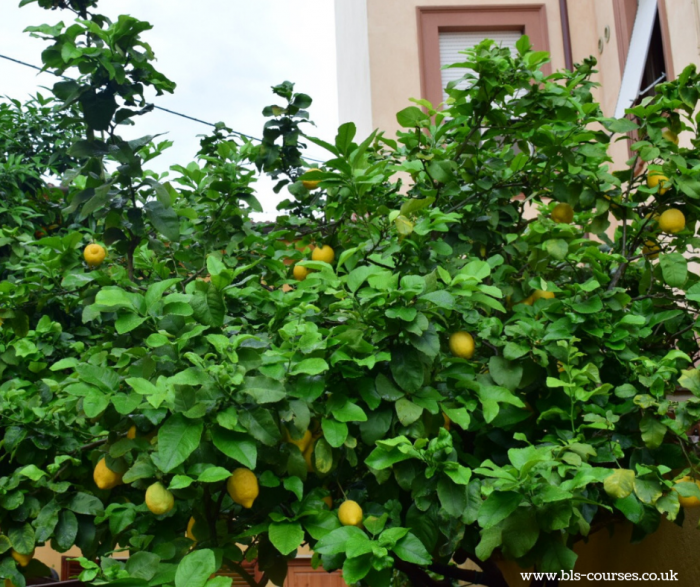This blog post is about Modern Greek, its background, grammar and alphabet. The Greek language has an important place in Western literature, science and religion, with Western canonical texts like the Iliad and the Odyssey, many foundational texts in science and Western philosophy and the New Testament of the Bible being written in Greek. Many Greek words have been borrowed by other languages, including English: “mathematics”, “physics”, “astronomy”, “democracy”, “philosophy”, “athletics”, “theatre”, “rhetoric”, “baptism”, “evangelist”, etc. Greek words are also used to invent new words, mainly for use in science: “anthropology”, “photography”, “telephony”, “biomechanics”, etc. Lots of English words are of Greek origin.

Background
Greek (ελληνικά (elliniká)) is an independent branch of the Indo-European language family. It has the longest history of any living Indo-European language, with written records going back 3000 years. The Greek alphabet, itself derived from the Phoenician alphabet, became the basis for the Latin, Cyrillic, Armenian, Coptic, Gothic and other writing systems.
Modern Greek is the official language of two countries, Greece and Cyprus, a recognised minority language in seven other countries and is one of the 24 official languages of the European Union. Greek is spoken by at least 13.2 million people in the world, in Greece, Cyprus, Italy, Albania, Turkey, Romania, Ukraine, the United States, Canada and Australia. Varieties of Modern Greek include Demotic (Standard Modern Greek), Katharevousa, Pontic, Cappadocian, Mariupolitan, Southern Italian, Yevanic and Tsakonian.
Grammar
This is a very brief selection of some aspects of Greek grammar. A more complete summary can be found here.
Pronouns denote person (1st (I), 2nd (you) and 3rd (s/he)), number (singular and plural) and gender (masculine, feminine, and neuter). Pronouns can be dropped if it is clear who or what is being talked about.
Modern Greek has four cases: Nominative (Ονομαστική), for the subject of sentences; Genitive (Γενική), to mark possession; Accusative (Αιτιατική), for objects (direct and indirect) of sentences and Vocative (Κλητική), for calling (usually people, but every object has a vocative case).
The most commonly used word order is subject-verb-object, but word order is quite free and so verb-subject-object and other orders can be used too. Adjectives describing the noun go before the noun (e.g. το μεγάλο σπίτι, (to meˈɣalo ˈspiti), “the big house”), but possessive adjectives follow the noun (e.g. το σπίτι μου, (to ˈspiti mu), “my house”).
Verbs agree with their subject. There is no infinitive; a type of infinitive is formed using subjunctive verb forms (e.g. θέλω να πάω, (ˈθelo na ˈpao), literally “I want that I go”, i.e. “I want to go”).
Modern Greek has stressed and unstressed syllables, similar to English. Where the stress falls is indicated by a stroke (΄) over the vowel to be stressed.
Alphabet
Greek has been written in the Greek alphabet since the 9th century BC. The word “alphabet” itself comes from the first two letters of the Greek alphabet: άλφα (alpha) and βήτα (beta). The Greek alphabet has 24 letters, each with an uppercase and lowercase form. The letter sigma has an additional lowercase form (ς) used at the end of words. Words are pronounced as they are written.
Here is the alphabet with the name and pronunciation of each letter:
Α α = alpha = “a”
Β β = vita (beta) = “v”
Γ γ = gamma = “y” / “gh”
Δ δ = thelta (delta) = “th” (as in “there”)
Ε ε = epsilon = “e”
Ζ ζ = zita = “z”
Η η = ita = “ee”
Θ θ = thita = “th” (as in “through”)
Ι ι = iota = “ee”
Κ κ = kappa = “k”
Λ λ = lamtha (lambda) “l”
Μ μ = mu = “m”
Ν ν = nu = “n”
Ξ ξ = xee = “x” / “ks”
Ο ο = omicron = “oh”
Π π = pi = “p”
Ρ ρ = ro = rolled “r”
Σ σ / ς = sigma = “s”
Τ τ = tau = “t”
Υ υ = upsilon = “ee”
Φ φ = phi = “f”
Χ χ = chi = “ch” (like the sound an annoyed cat might make, but softer)
Ψ ψ = psi = “ps”
Ω ω = omega = “or”
Where Can I Learn More?
The BBC website and the Turquoise Collection have some useful phrases that you can use on holiday but if you want to go deeper, there are extensive guides here and here. Wikipedia has a fairly comprehensive guide to Modern Greek grammar. For a comprehensive overview of the Greek language, including its history, you can read this very informative webpage. You might also want to book a language course in a Greek-speaking country.
Suzannah Young








